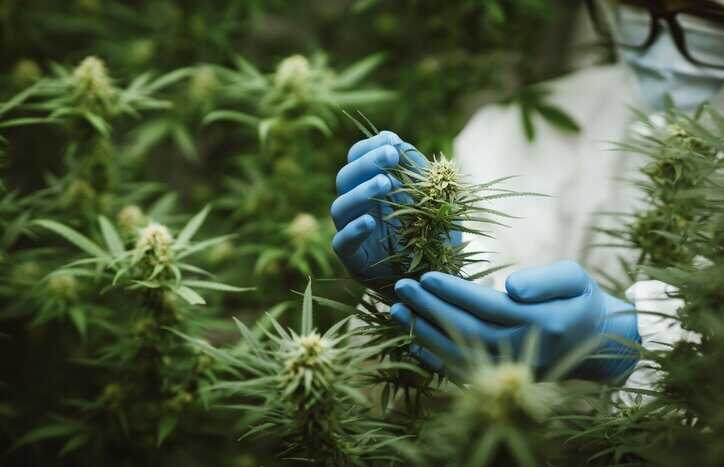The cannabis industry has seen significant growth in the past few years from the new medical and recreational markets to the development of consensus methods. However, acquiring appropriate proficiency testing (PT) in cannabis and hemp testing remains a point of frustration for many ISO/IEC 17025:2017-accredited laboratories testing plant products for the commercial market.
Proficiency Testing in Cannabis Laboratories
Proficiency testing is one way in which cannabis laboratories can ensure their methods, procedures, and technology are producing valid results when testing their samples. Accurate reporting is crucial in knowing the chemical and microbiological composition and contamination of a cannabinoid product to ensure it meets legal requirements.
Issues That Arise With Proficiency Testing for Cannabis Labs
One source of difficulty in procuring PT samples from PT providers is the federal prohibition of cannabis containing over 0.3% total THC. This makes transporting cannabis PT samples meant to replicate medical and recreational marijuana across state lines difficult. Often, legal “spiked” hemp samples are used as substitute PT samples. A “spiked” sample refers to a cannabis matrix that has been spiked with additional compounds and analytes (cannabinoids, pesticides, heavy metals, etc.) to emulate a given cannabis sample. The result of this type of testing is PT results that do not reflect real-world samples.
In addition to the issues with transportation, the nature of cannabis matrices such as flower/bud, oil, wax, etc. make acquiring matrix-appropriate proficiency testing samples even more difficult to acquire and test. Just as with spiked samples, different matrix types are often spiked after an extraction has been performed to acquire the base sample. By adding the spiked substance(s) after extraction from the original plant material, the new test sample does not reflect how a real sample would appear if the substance had been present before extraction. Again, this imperfect PT sample is not entirely representative of a real-world sample.
Another major regulatory hurdle for labs trying to acquire PT is that not all states require hemp and cannabis be tested for the same chemicals and microbiological contaminants. One example is pesticides, where each state has a different list of required pesticide testing. This results in labs needing to know which pesticides are required for testing for each of their customers’ respective states and to acquire a pesticide PT sample or panel to cover the testing requirements of all customers’ states.
How Can Proficiency Testing Be Improved for Cannabis Laboratories?
One possible area for improvement is in the ISO/IEC 17043:2010-accredited PT samples being produced for laboratory testing. More realistic samples in various matrices (particularly flower) that accurately reflect a grown plant sample could help to indicate a lab’s true accuracy in reporting real-world samples.
Another solution that will be available soon is the Cannabis/Hemp PT Program led by the AOAC’s Cannabis Analytical Science Program (CASP). This program will allow for the legal transportation of non-spiked, low, mid, and high THC cannabis samples to be transported across state lines.
Ultimately, industry stakeholders working together across regulatory and commercial lines will continue to strengthen PT availability and quality for the laboratory – resulting in a higher degree of confidence in the products being used and consumed.
ANAB Accreditation for Cannabis Testing Laboratories
ANAB accredits laboratories that perform analytical testing of cannabis and cannabis-derived products, including oils, edibles, drinks, concentrates, flowers, butters, and hemp and products derived from hemp. You can learn more about ANAB accreditation for cannabis testing laboratories to ISO/IEC 17025:2017 here.
ANAB also accredits cannabis certificate programs in accordance with ASTM D8403.
